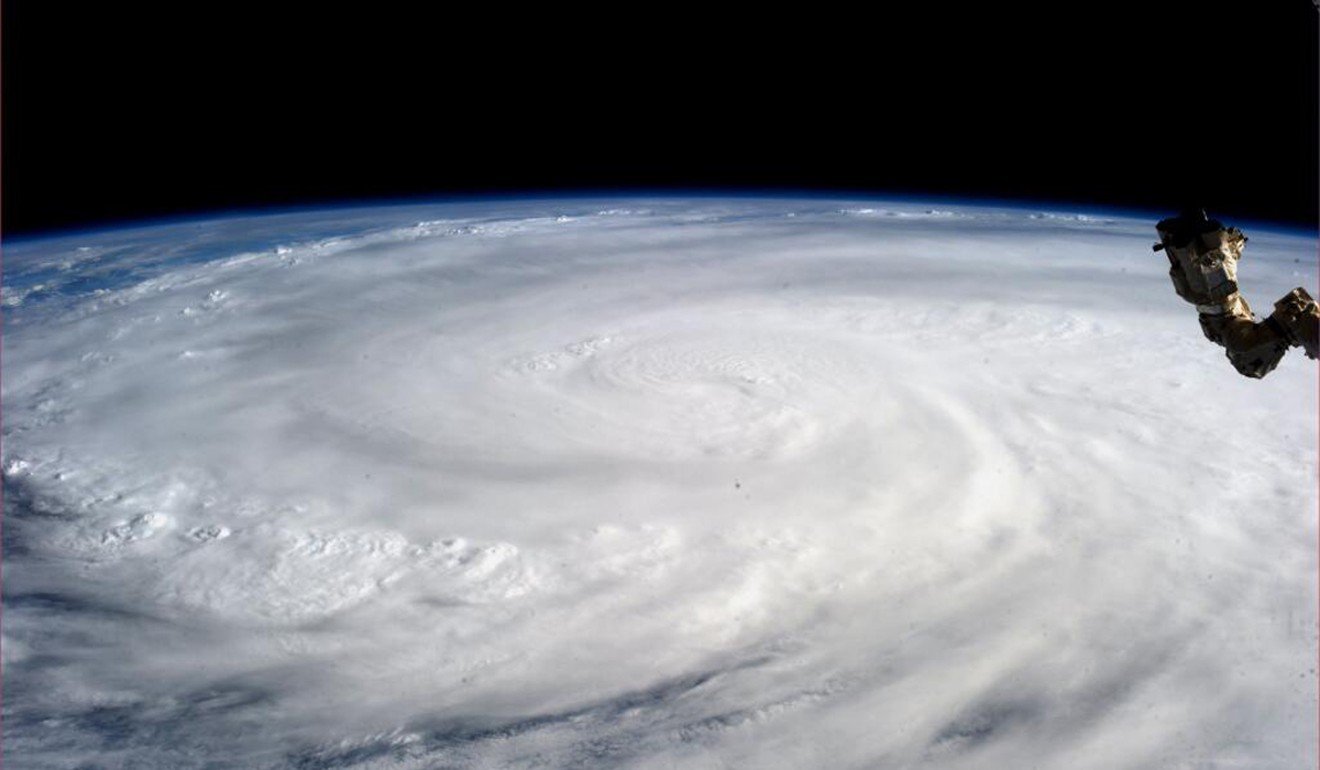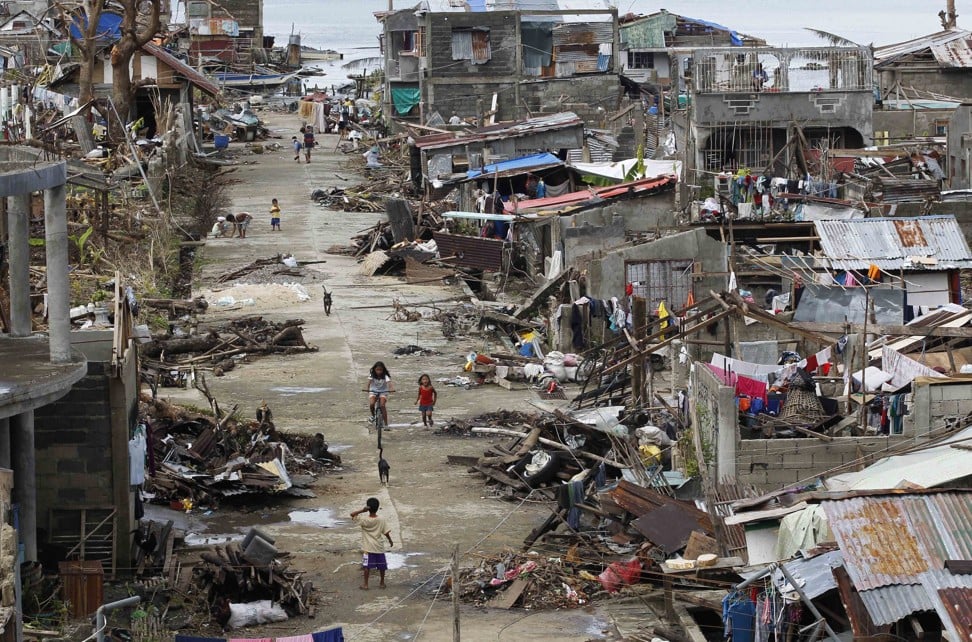
Explainer | Explained: how climate change will affect Asia
- In 2017, China, India and Japan were ranked first, third and fifth among the world’s worst polluting countries
- However, developing countries have argued they should be allowed to continue increasing emissions as they industrialise
How much does Asia contribute to the global warming?
Population booms ensure Asia emits more carbon dioxide (CO2) – one of the main causes of the Earth’s rising temperature – than any other region.
In 2017, China, India and Japan were ranked first, third and fifth among the world’s worst polluting countries, according to the Global Carbon Project. China’s emissions alone account for a quarter of global CO2 emissions.
Due to these historical differences, developing countries have argued they should be allowed to continue increasing their emissions as they industrialise, while developed countries should curb their emissions as soon as possible.

How will climate change impact Asia?
Asia is regularly identified as one of the regions that will be hardest hit by the global warming. The UN Framework Convention on Climate Change noted that Asia’s large population, the frequency of natural disasters in the region, and a sometimes chaotic process of urbanisation, with population relocation to coastal cities, as some of the factors that make Asia especially vulnerable to the risk of climate change.
Rising temperatures have caused Himalayan glaciers to melt, increasing the risk of floods and landslides during monsoon season. Long-term, permanent disappearance of the glaciers could affect the flow of major Asian rivers, including the Yangtze, the Mekong and the Brahmaputra.
Why Philippines’ Super Typhoon Haiyan was so deadly
Melting polar ice caps mean the sea level is expected to rise between one and three metres by 2100. In China’s coastal areas, the population at risk by a one-metre rise stands at 23 million people, while a three-metre rise would affect 52 million people. Up to 71,000 square kilometres of Chinese coastal areas could be left underwater.
China begins to embrace global sustainable investment trend, but big names still missing
Such a rise in sea levels would also cause typhoons to intensify, creating a specific threat to several Asian cities such as Jakarta, Manila, Bangkok, Yangon, Saigon and Surabaya.
In Vietnam, just half a metre rise can endanger most of the Mekong River Delta, that cultivates half of the country’s rice supply, says the Asia Foundation.

What are Asian countries doing to tackle the issue?
The Paris Climate Agreement was signed by 195 countries in an ambitious attempt to prevent global temperatures rising 2 degrees Celsius from pre-industrial levels. The US has since withdrawn from deal but most countries remain committed.
China, in particular, has presented itself as an international climate champion and aims to invest US$361 billion in renewable energy between 2016 and 2020. It is on track to meet its key targets by 2030 – this includes increasing the percentage of non-fossil fuels in its energy mix to 20 per cent and capping annual carbon dioxide emissions by 2030.
Bangkok’s smog crisis forces 437 schools to close
However, China’s consumption of coal remains an issue. After China’s CO2 emissions plateaued between 2013 and 2016, they rose again in 2017 and 2018, as local governments invested in infrastructure, including coal power plants.
In Japan, the government’s climate change policy has been criticised as insufficient.
“In 1997, Japan was at the forefront of climate action,” wrote Michiyo Morisawa, director of the Japan office of the Carbon Disclosure Project, an environmental NGO. “Fast forward 21 years and Japan has struggled to make significant progress on reducing its own emissions.”
Japan has struggled to make significant progress on reducing its own emissions
On a more positive note, Japan plans for all cars sold in the country to be electric or hybrid vehicles by 2050. By 2030, the country has targeted a 22 per cent share of renewables in its electricity mix and aims to reduce emissions 26 per cent from 2013 levels.
India successfully developed a thriving renewables industry and has promised to increase renewables to 40 per cent of its power generation by 2030. In 2018, 74 per cent of the added power capacity of the country was based on renewable energy, mainly solar.
Indonesia, where forest burning accounts for 60 per cent of emissions, is another of Asia’s top polluters. Jakarta has committed to cutting emissions by 29 per cent by 2030 but forestry-related emissions have increased. The country’s latest energy plan favours coal-fired power plants over renewables and gas, even as other countries in Southeast Asia have started to promote more sustainable sources of energy.

